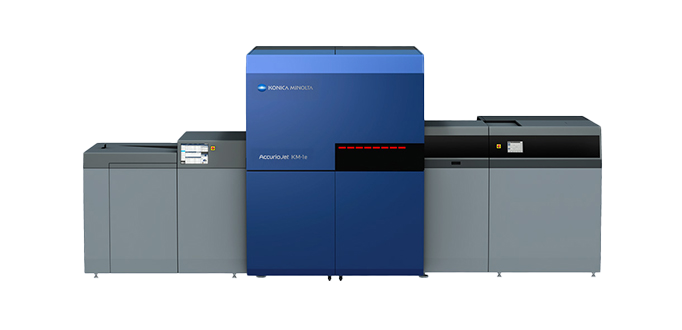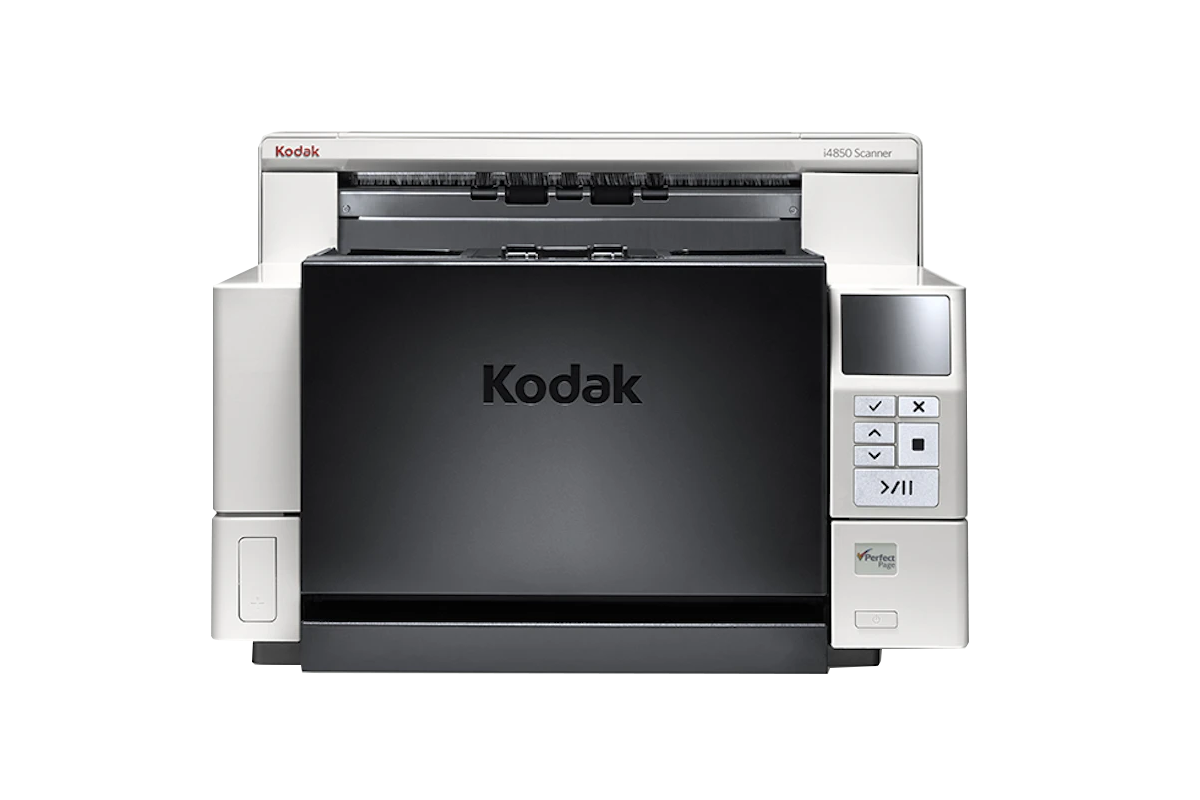Since the beginning of the global pandemic, the conventional office setup has significantly changed as businesses adapt to new workplace structures. More workplaces than ever before are moving to remote or hybrid working environments, paving the way for new digital technology, collaboration methods, ways to operate, and methods of organisational communication.
A hybrid work environment is when there is a mix of remote work and working from the office, when required. This expanding way of working provides employees with the flexibility to work from wherever they can without losing the benefits of in-person meetings or collaboration.
With the increase in remote working and the move toward a hybrid work environment, businesses are determining what is required to support staff. According to a recent PwC report, Australian workers have spoken and told us that the future of work is hybrid. Companies who ignore employee expectations of flexibility stand to go backwards.1 Employee printing needs are firmly on the list of work arrangements that need to be reviewed. Although most businesses are adopting technological advancements that transform paper-based processes, there is still a need for printing in business tasks. Certain printers have features that are best suited to hybrid work environments. These include:
1. Printer security
Printers are often overlooked when it comes to security; however, an unsecured printer can be an easy target for cyber threats when it comes to a hybrid office. There are also fears about potential sensitive information leaks when printing on home devices. It’s important for businesses to set up a safe and secure environment for employees to print. To do this, organisations should look for printers with security features like password protection, data encryption, and the ability to overwrite or erase data.
It's also valuable to select an office-based print solution that includes secure pull printing. This requires users to use a PIN or other authentication method to release jobs from the print queue. As well as ensuring only the person who printed the document can actually pick it up, this process can reduce the amount of accidental or duplicate printouts saving on paper, ink, and energy costs.
2. Multifunction devices (MFDs) with network connectivity
Home workspaces don’t have the same amount of room as traditional office setups, so an MFD that combines print, copy, scan, and fax into one small-footprint device are ideal for remote workers. And, being able to connect to a network means employees can print directly to an office-based printer from any location, securely.
3. Touchless and low-touch solutions
Using a central office printer means people are often touching the device, which can create hygiene concerns during virus outbreaks such as the flu or COVID-19. Avoiding this is as simple as choosing a printer that lets any device connect to it without requiring physical contact with the printer itself, again using pull printing. This also saves time by letting users print directly from whatever device they’re using.
Automatic document feeders also reduce the amount of physical contact users have with the device. Automatic document feeders let users place the stack of paper they’re copying or scanning onto the printer. The device then feeds each page through as needed, without further intervention from the user. This also saves time by eliminating the need for users to manually place each page on the scanning bed, for example.
4. Cost and efficiency
Printers can become costly for organisations that don’t carefully examine their fleet, especially when it comes to toner usage, energy consumption, and ongoing maintenance costs. With the right print management solution, businesses can right-size their printer fleet to ensure they’re not paying for more printers than they need and they should choose devices that have strong credentials in terms of energy efficiency and toner use. A high-capacity printer can also save time, energy, and costs for organisations that have a high printing workload.
As many businesses transition to remote and hybrid working environments, it’s important to remember that selecting the right hardware and features are vital when building a productive and secure workspace. When it comes to printing, there are certain printer features that are more suitable for a hybrid work environment. Choosing the right printer can help your business be more productive and profitable.
Konica Minolta offers a range of market-leading printers designed for the smallest home office to large corporations. To find out how we can deliver a print solution that suits your specific needs, contact the team today.
1. https://www.pwc.com.au/important-problems/future-of-work/changing-places-report.pdf
 Find the perfect printer for your business
Read more
Find the perfect printer for your business
Read more
 Elevate your print & information technology with Insight Hub
Read more
Elevate your print & information technology with Insight Hub
Read more








